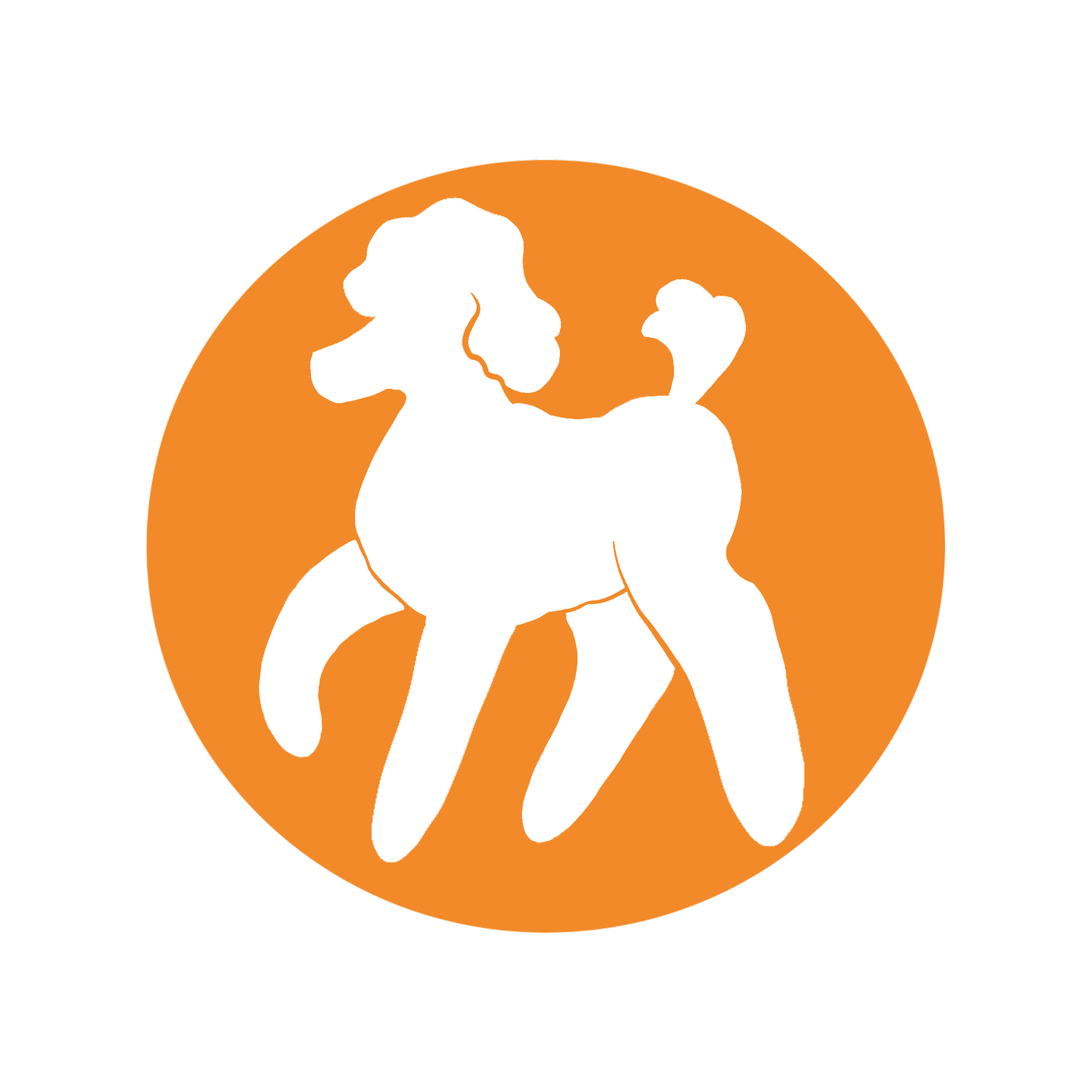Is my dog smart enough to use buttons?
Bertie says, “Yes.”
Yes.
Is my cat intelligent enough to learn to use buttons?
Yes.
You’d like us to expand? If you insist.
One of the most common concerns we hear from people who are interested in trying buttons is that they think their dog or cat isn’t smart enough to learn how to use them. We can just tell you they are, but we know that’s not enough to help you make the decision, so here’s how we want you to think about this.
There are a couple of key ingredients you need to have success with button teaching.
Does your dog, cat, guinea pig, peahen (or whatever animal you’re thinking about trying this with) recognise the meaning of some words?
Most animals show they understand our words through their behaviour, not just by learning training tricks and cues, but by the way they act when they hear things we say to them. Do they rush to their bowl or the place the food is kept when you mention it? Do they recognise their name and yours? Does your cat know exactly where her mousey toy is when you ask her to play? Do you have to spell W.A.L.K. in front of your dog?
When you teach animals to communicate with buttons, you choose and use your words carefully to make them as clear and easy to understand as possible, use those words all the time consistently (ie: instead of saying food, breakfast, dinner, kibble, nom noms, and hungry to talk about food, choose one of those words and use it every time). Once you have a button with that word on it, you press that as much as you can.
The other thing we’d like you to think about is whether you talk to your animals regularly? If not, that’s something you’ll need to be prepared to do to make this work.
Do they have the ability to press down on a button?
If your learner uses puzzles or toys where they have to press a spot or move sliding parts, or has a cue to use a paw or nose (like hi-fiving or the ‘touch’ command) then they already have good paw control or nose-booping abilities. A lot of learners will naturally explore the buttons and figure out how to press them by experimenting or watching the humans, others need a little more help, which you can get in our target practice tutorial here.
Is my dog too clumsy? Seriously, they’re really clumsy
If your dog or cat is particularly clumsy, you’ll want to factor that into the way you lay your buttons out at first. We’ve got some resources to help you think that through here.
We recommend FluentPet buttons for learners that are small - cats, guinea pigs and rabbits really struggle with buttons any bigger, and while we’re not telling you what to do, if you’re tempted to get bigger, cheaper buttons to try this out, our experience says you’ll be wasting your money.
Small dogs, especially toy breeds like ours that are more delicate with their paws, will usually struggle with activating the big buttons even when they’re really trying to push them. Bunny couldn’t activate bigger buttons at all as a puppy and as adults both Bunny and Bertie can activate them but don’t find them easy. Cats have a tendency to tap new objects very gently so you’ll generally make faster progress with buttons that are easier to set off.
Some clumsy learners fare better with bigger buttons, but we know Great Danes who use FluentPet happily. Anything bigger than a dog will definitely want larger buttons. You can read more detailed thoughts on this in our button guide here.
Are there any animals you DON’T think can learn?
With a dog or a cat, the only time we’d have any hesitation is if they had a medical condition of some kind. A very elderly pet that’s going senile is probably going to struggle with the buttons. Similarly an animal with a severe neurological condition may lack the physical coordination to push the buttons. You definitely already know if you have a pet with an extreme condition like this, these would not be animals that fall under that category of merely “clumsy.” We still firmly believe that an animal with this sort of condition can benefit from some of the basics of the training we use in button teaching, like the two hands method.
If you’re teaching a small rodent like a rat or a chinchilla be aware that, at the time we write this, you’ll be working in mostly uncharted territory. That doesn’t mean don’t do it, but be prepared to have to do some experimentation and figure things out through trial and error. The same holds true for a lot of birds and farm animals. For instance, goats are certainly capable of learning to use the buttons, but you might also have to do a lot of work to keep them from merrily destroying them. But please do make these attempts if you think you’d like to try, and we’d love to hear how it goes!
Taking the plunge
If you’re ready to make a purchase, then we’d love it if you’d use our affiliate link for any FluentPet purchases.
While you’re waiting for your buttons, take a look at our beginners resources here.
Takeaway points
Yes! Your pet is smart enough. And we have lots of resources here at Talking Talking Buttons to get you off to a great start.
Related and further reading
Target practice
